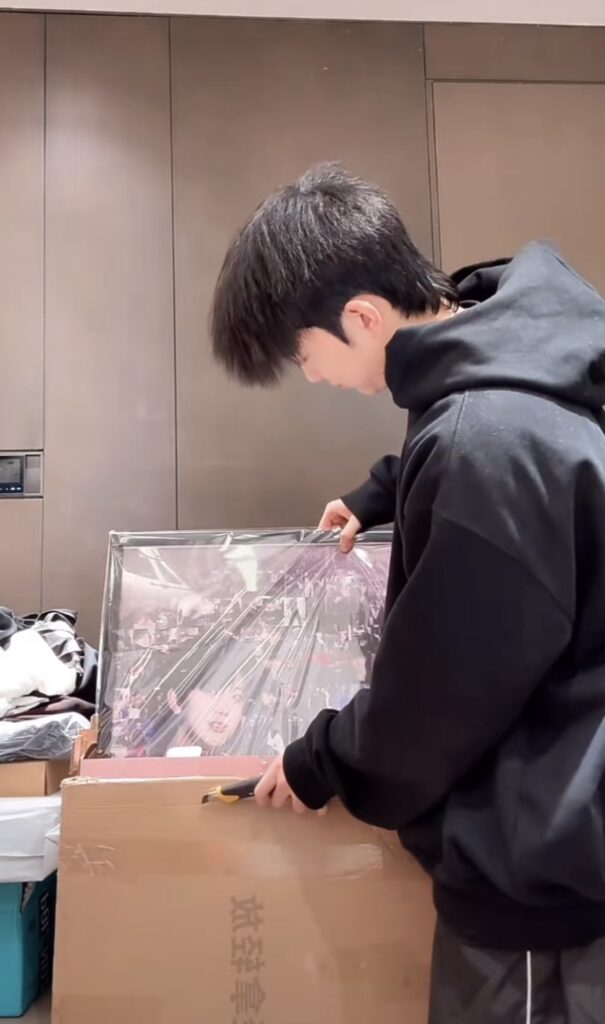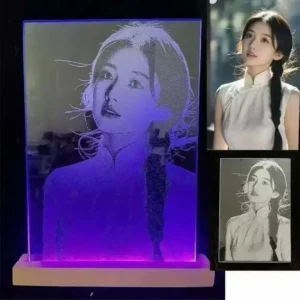







Popular Products
Trending Now
-
Personalized hand-hammered glass painting 8 inches(15*20)
$35.00 – $38.00Price range: $35.00 through $38.00Add to WishlistAdd to Wishlist -
Personalized hand-hammered glass painting A3 (30*40)
$50.00 – $53.00Price range: $50.00 through $53.00Add to WishlistAdd to Wishlist -
Personalized hand-hammered glass painting A4 (20*30)
$42.00 – $45.00Price range: $42.00 through $45.00Add to WishlistAdd to Wishlist
Liu Jinduo's hand-hammered glass paintings are customized
Each piece is a unique work of art. Using traditional intangible cultural heritage techniques, we create custom pieces for your precious moments. What can you customize? Commemorative gifts: Weddings, birthdays, anniversaries, capture important moments with light and shadow. Personal symbols: Names, portraits, zodiac signs, poems, let glass tell your story. Home art: Entryway paintings, lighting, screens, add unique light and shadow to your space.
A unique gift in the world
The quarrel came unexpectedly. The air froze, leaving only the sound of a broken heart. After calming down, she was overwhelmed by immense regret. The words of apology, edited and deleted, sounded pale and powerless. She remembered a gift she had secretly ordered – a hand-hammered glass portrait based on his favorite photo. She went to see the progress of the production, and the craftsman was concentrating on hammering the glass one hammer at a time. The best part of this craft is that the cracks created by each hammer are unpredictable and unique. She looked at the winding cracks, and her heart trembled suddenly. It was so much like their relationship at the moment. The cracks were already there and could not be erased. At that moment, she suddenly understood. She held it in her arms, as if holding her own mended, sincere heart. She handed him this heavy gift. This love has become stronger because of the hardships they have experienced together, and more dazzling because of the honest repair.

The man’s stubbornness and bad temper, like a sudden downpour, soaked the light in your eyes. The empty room was filled with only the echo of your departure and my endless regret. I’d lost the most important thing—your smile. I remembered the gift I’d secretly prepared for you—a custom, hand-hammered glass painting. I urged the craftsman to speed up. The craftsman, while working, pointed to the natural hammer marks and said, “Look, these cracks are the glass’s breath, its life.”
My heart was struck. Isn’t our love like this? The traces left by our arguments and frictions are also part of our shared history. I love the whole you, including all the bumps between us. I stood before you, holding this “broken” yet complete gift. The moment you opened the box, you were stunned. Under the light, your smile in the glass remained as gentle as ever, and the crisscrossing hammer marks illuminated the painting like a star, imbuing it with a profound beauty. Love isn’t about being without cracks, but rather that even after the cracks, love remains as strong as ever, or even more brilliant.

The Origin of Chinese Hand-Hammered Glass Painting
What is Hand Hammered Glass Painting

Big Discounts
Integer euismod blandit nunc sit amet sollicitudin. Fusce quis orci viverra, cursus justo.

Fixed shipping fee
Integer euismod blandit nunc sit amet sollicitudin. Fusce quis orci viverra, cursus justo.

Secure Payments
Integer euismod blandit nunc sit amet sollicitudin. Fusce quis orci viverra, cursus justo.

Order Tracking
Integer euismod blandit nunc sit amet sollicitudin. Fusce quis orci viverra, cursus justo.

